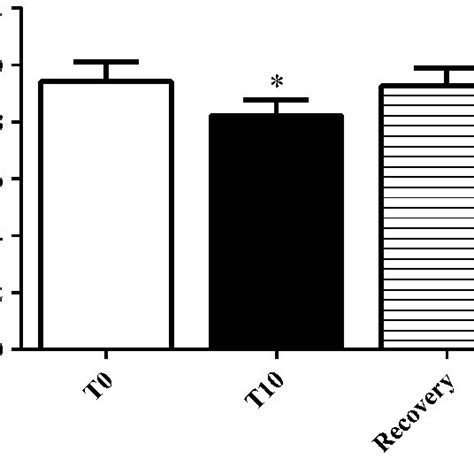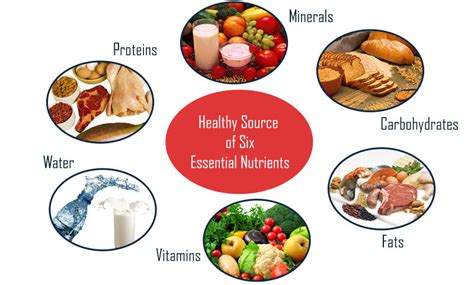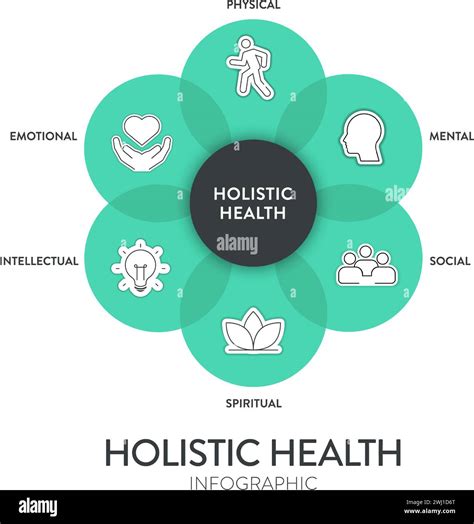How to optimize recovery for peak strength gains and daily energy?

In the relentless pursuit of strength gains and the demanding rhythm of daily life, effective recovery is not just a luxury but the foundational pillar upon which all progress is built. You can train harder, lift heavier, and push your limits, but without adequate recovery, you’re merely digging a deeper hole, sacrificing potential gains and depleting your energy reserves.

The Pillars of Powerful Recovery
1. Prioritize Sleep: The Ultimate Anabolic State
Sleep is arguably the most critical recovery tool at your disposal. During deep sleep, your body releases growth hormone, which is vital for muscle repair and growth. It’s also when your central nervous system (CNS) recovers from the stress of training, improving cognitive function and reducing fatigue.
- Aim for 7-9 hours: Consistency is key. Establish a regular sleep schedule, even on weekends.
- Optimize your sleep environment: Keep your bedroom dark, cool, and quiet.
- Limit screens before bed: The blue light emitted by devices can disrupt melatonin production.
2. Fuel Your Body: Strategic Nutrition
What you eat after a workout, and throughout the day, directly impacts your body’s ability to repair and rebuild. Proper nutrition provides the building blocks for muscle growth and replenishes depleted energy stores.
Post-Workout Nutrition:
- Protein: Essential for muscle protein synthesis. Aim for 20-40g of high-quality protein within an hour or two post-training.
- Carbohydrates: Replenish glycogen stores, which are your muscles’ primary energy source. Complex carbs are generally best for sustained energy.
- Healthy Fats: Crucial for hormone production and overall cellular health.

3. Hydration: More Than Just Thirst Quenching
Water plays a vital role in virtually every bodily function, including nutrient transport, temperature regulation, and joint lubrication. Dehydration can severely impair performance and delay recovery.
- Consistent intake: Don’t wait until you’re thirsty. Sip water throughout the day.
- Electrolyte balance: For intense or prolonged workouts, consider supplementing with electrolytes to replace what’s lost through sweat.
4. Active Recovery & Mobility: Keep Moving
While rest is crucial, complete inactivity can sometimes hinder recovery. Light activity helps increase blood flow to muscles, delivering nutrients and flushing out metabolic waste products.
- Low-intensity cardio: Walking, cycling, or swimming at a comfortable pace.
- Stretching and foam rolling: Improves flexibility, reduces muscle soreness, and breaks up adhesions.
- Yoga or Pilates: Enhances body awareness, flexibility, and core strength.

5. Stress Management: The Often Overlooked Factor
Chronic stress, whether physical or psychological, elevates cortisol levels, which can hinder muscle growth and lead to fat storage. Managing stress is a critical component of overall recovery and energy levels.
- Mindfulness and meditation: Techniques to calm the mind and reduce stress.
- Hobbies and relaxation: Engage in activities that bring you joy and help you unwind.
- Breathwork: Simple breathing exercises can significantly impact your physiological state.

Putting It All Together for Sustainable Progress
Optimizing recovery isn’t about implementing one strategy; it’s about integrating multiple practices into a cohesive lifestyle. Listen to your body, experiment with different techniques, and find what works best for you. By consistently prioritizing these recovery pillars, you’ll not only unlock peak strength gains but also cultivate a sustained level of daily energy that empowers you in all aspects of life.










